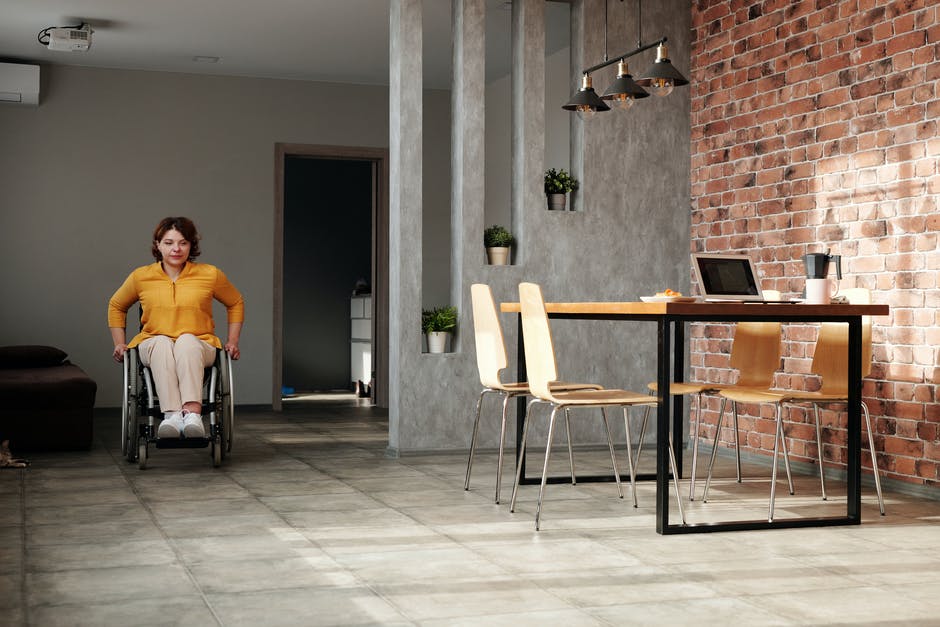One in four adult Americans have some type of disability; that’s 61 million people. Of those, about 2.7 million use a wheelchair.
Universal design is a process of creating products that are accessible to those with a disability. Adapting our homes to make them more accessible to people with disabilities is an important part of this.
In this blog post, we’ll look at how to incorporate accessible design in our homes. From the exterior to various rooms within the house, including kitchens and bathrooms, there is a range of steps we can take to make our homes more accessible for people of all abilities.
Read on!
Add Exterior Ramps
Many homes have elaborate steps leading from the sidewalk to the front door. However, these can pose serious challenges for people with limited mobility. You may require a permit when adding wheelchair ramps, but the benefits for people with a disability are great.
Widen Doorways
While this can be an expensive job, widening doorways will make it easier for wheelchair users and those with walkers to move within your home. In addition, removing the door itself can make it easier for people to move from room to room without inconvenience.
Choose a Step-In Shower
Bathtubs can be difficult for people with mobility issues to get in and out of. Equally, some shower types can have high sides that require a careful step that can be awkward to execute. A flat step-in shower, with ample floor space, is a great option in your bathroom.
Stay Away from Carpets
The same goes for rugs, as they can trip up people with mobility issues. Maneuvering a wheelchair on a rug or carpet can also be more difficult. Instead, consider ceramic tile, vinyl, or hardwood flooring throughout your home.
Install Grab Bars
These are especially useful in bathrooms, helping with stability when people are using the toilet or shower. Additionally, a toilet riser can assist people who find it difficult to move from sitting to standing.
Utilize Lower Cabinets in the Kitchen
High shelves can be out of reach for people with a disability, such as those in wheelchairs. Arrange your most-used kitchen accessories and food in lower shelves and cabinets that are easier to access.
Watch Our for Trip Hazards
These days, our homes are filled with electrical gadgets that require power. The number of leads and wires around the house can give rise to trip hazards. Be sure to keep all leads and wires out of the way and ensure the floor space is free for people to walk through.
Ensure Your Home Has an Accessible Design
These tips can greatly improve access throughout the home for people with mobility issues. Whether someone in your family has a disability, or frequent visitors have mobility issues, these practical changes can make your home more inclusive and inviting.
Liked this blog post on accessible design? Be sure to check out our other informative articles on the blog.

